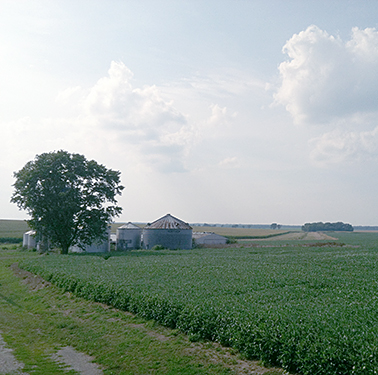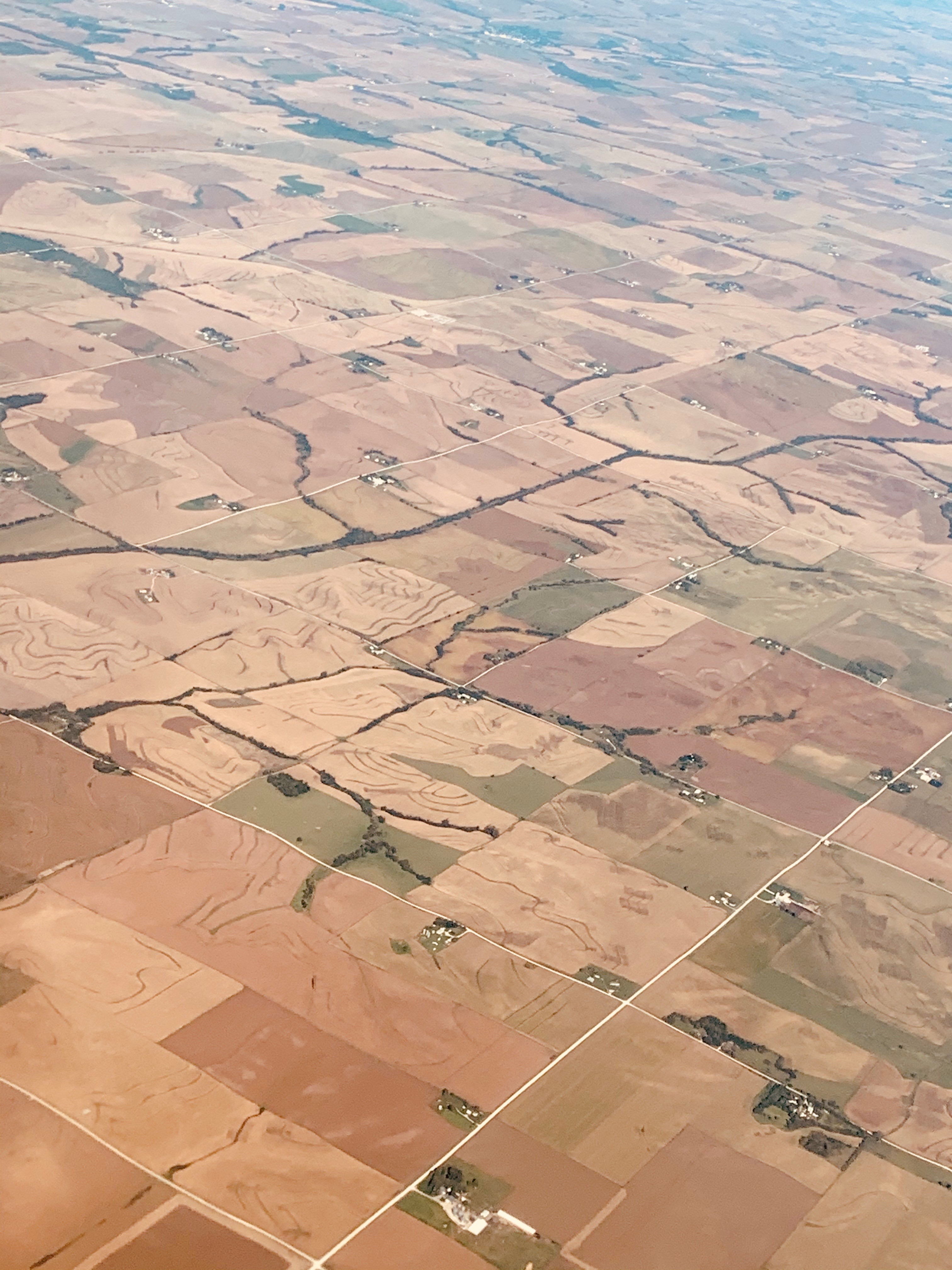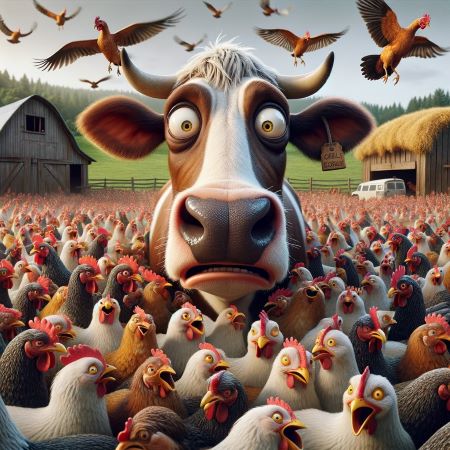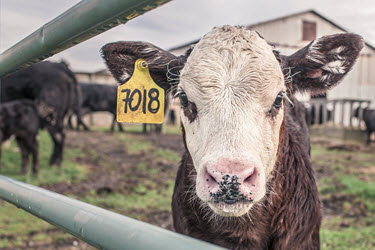THE OPEN
November beans: 1/2 higher
December meal: .30 lower
December soyoil: 17 higher
December corn: 1 higher
September wheat: 8 3/4 higher
The markets opened in line as expected with nearby bean spreads strengthening once again, and wheat futures entering into sharply higher trade. Oilshare found profit-taking with energies slightly weaker. The bean business announcements confirmed chatter that China was again around the bean market.
SOY
- The major feature in the soy complex was that of higher beans and meal, vs. weaker soyoil trade. December soyoil traded both sides of unchanged as crude oil prices trended lower. Dec. soyoil futures have been on a good run, but double highs at the 31c level and a trade back under the 200-day moving average of 3050c sent the market into profit-taking mode.
- August beans continued its trend to four-month highs, finding good support on spread activity. Bull-spreading took the Aug/Nov bean spread to a new inverse high at 6 1/2c vs. 5 3/4c low, while Sep/Nov had more modest gains posting its own 3/4c inverse from 1/2c carry.
- The announcement for meal business helped that market to begin on trendline support at $297.00, blowing through a few sell-stops before turning higher and finally closing a gap fully at $299.50.
- Sep. crush traded firmer at 75.24c/bu while oilshare dropped to 33.60% vs. values that were over 34.0%.
- The tit-for-tat actions between China and the US probably weighed on what would have been a better rally considering the business sales to China this morning for beans. By the midday hour, bean bulls had decided to take a profit sending beans back below $9.00 again. While light movement was reported on the bean rally over $9.00, farmers may be looking for a trade towards $9.10 before becoming more engaged.
GRAINS
- Wheat prices blew up today as only wheat can do once it gets going. Prices were technically on solid footing by trading into the 200-day moving average this week at $5.35/$5.36, which finally gave way to a gap-higher open. The result was a classic text-book rally as buy-stops were triggered past $5.36 which resulted in a swing higher trade.
- Traders also returned to a buy wheat/sell corn trade. Sep. wheat/corn traded from 2.05c up to 2.14 1/2c.
- Wheat continues to see support from a lower US dollar with French and Russian crops disappointing, which could bring demand back to the US. Corn prices started the day but good weather next week increasing the chance for better trendline yields continued to weigh on this market. Sep/Dec corn traded to a low at 8 3/4c on good volume before it found some buying interest.
- Seasonally this is the time of the year when this spread tends to weaken. Prices turned mixed for corn into the midday hour as beans found some profit-taking. Corn, at the higher end of its trading range, found few new buyers in lieu of good weather next week.
AT MIDDAY THE MARKETS ARE AS FOLLOWS:
HI LO
November beans: 2 lower 9.04 1/4 8.94 3/4
December meal: 1.20 higher 300.40 296.80
December soyoil: 15 lower 3062 3014
December corn: 1/2 lower 3.37 1/2 3.34 1/4
September wheat: 9 higher 5.44 5.30
November canola: 1.40 higher 487.30 484.80
OUTSIDE MARKETS
Stocks are down 144 pts. as the virus continues to present challenges for the economy. China's GDP for Q2 rebounded to 3.2% YOY after a contraction of 6.8% in Q1 due to the pandemic. Crude oil prices trade down to $40.67/barrel as the US dollar falls to new lows of 94.40.
CLOSING COMMENTS
Weather is a non-issue right now. Beans, corn, and wheat are in tight trading ranges. Funds remain long beans vs. short corn, and comfortable in that position. Tonight we will get the commitment-of-trader's report, which will probably show funds not straying too far from this spread trade. Charts look impressive for beans, but weather and seasonals will provide a challenge for sustainability. Higher bean prices for the nearby are attempting to pull more beans from the farmer, and movement at these levels is probably good considering the bearish outlook ahead of us.
The Cattle-on-feed report will be out at 2:00 PM central time. Advertised expectations are as follows:
July 1 cattle-on-feed: 100% of year ago
placements for June 2020: 104% or year ago
marketings for June 2020: 101% of year ago
With August options expiring would look for the $9.00 strike price to be a fairly good magnet.
Crop conditions, given this week's rains, are expected to improve on Monday.
Trading ranges and possibilities:
November beans: $8.80-$9.10
December meal: $295.00-$305.00/$308.00
December soyoil: 2965c-31c or higher
December corn: $3.30 - $3.40 or lower
September wheat: $5.15-$5.50, using $5.35 as a pivot level
FYI DEPARTMENT
From the Corn and Bean Advisor:
Brazil's southern Port of Paranagua set a new loading record for grain on one vessel ever to dock at the Export Corridor. The vessel E.R. Bayonne will load 104,200 tons of meal vs. the previous record set in June when another vessel loaded 103,000 tons.
Have a good weekend!
TAGS – Feed Grains, Soy & Oilseeds, Wheat, North America


 Most Apparent Solution The EU’s organic sector wants the bloc’s officials to take more action to ensure they achieve the target of 25 percent of agricultural output being organic by 2030. Specifically, they want a campaign to increase consumer demand for organic food so that organic...
Most Apparent Solution The EU’s organic sector wants the bloc’s officials to take more action to ensure they achieve the target of 25 percent of agricultural output being organic by 2030. Specifically, they want a campaign to increase consumer demand for organic food so that organic...
 Yesterday, the Animal and Plant Health Inspection Service (APHIS) issued a federal order requiring testing and reporting of highly pathogenic avian influenza (HPAI) for the interstate movement of lactating dairy cattle. Specific guidance will be issued at some point today, and the order will go...
Yesterday, the Animal and Plant Health Inspection Service (APHIS) issued a federal order requiring testing and reporting of highly pathogenic avian influenza (HPAI) for the interstate movement of lactating dairy cattle. Specific guidance will be issued at some point today, and the order will go...
 Corn, soybeans and soyoil all closed lower after trading up the previous three sessions. July soymeal made it a fourth trading session higher, and wheat remains on a tear with a fifth trading session closing higher. The mood around wheat sees supply concerns developing in North America and in t...
Corn, soybeans and soyoil all closed lower after trading up the previous three sessions. July soymeal made it a fourth trading session higher, and wheat remains on a tear with a fifth trading session closing higher. The mood around wheat sees supply concerns developing in North America and in t...
 Cow-calf producer margins are discussed less frequently in these pages than their downstream counterparts of feedlot and beef packer margins, but this doesn’t mean they are less important to understanding the beef industry’s current state and outlook. Additionally, discussion of thi...
Cow-calf producer margins are discussed less frequently in these pages than their downstream counterparts of feedlot and beef packer margins, but this doesn’t mean they are less important to understanding the beef industry’s current state and outlook. Additionally, discussion of thi...